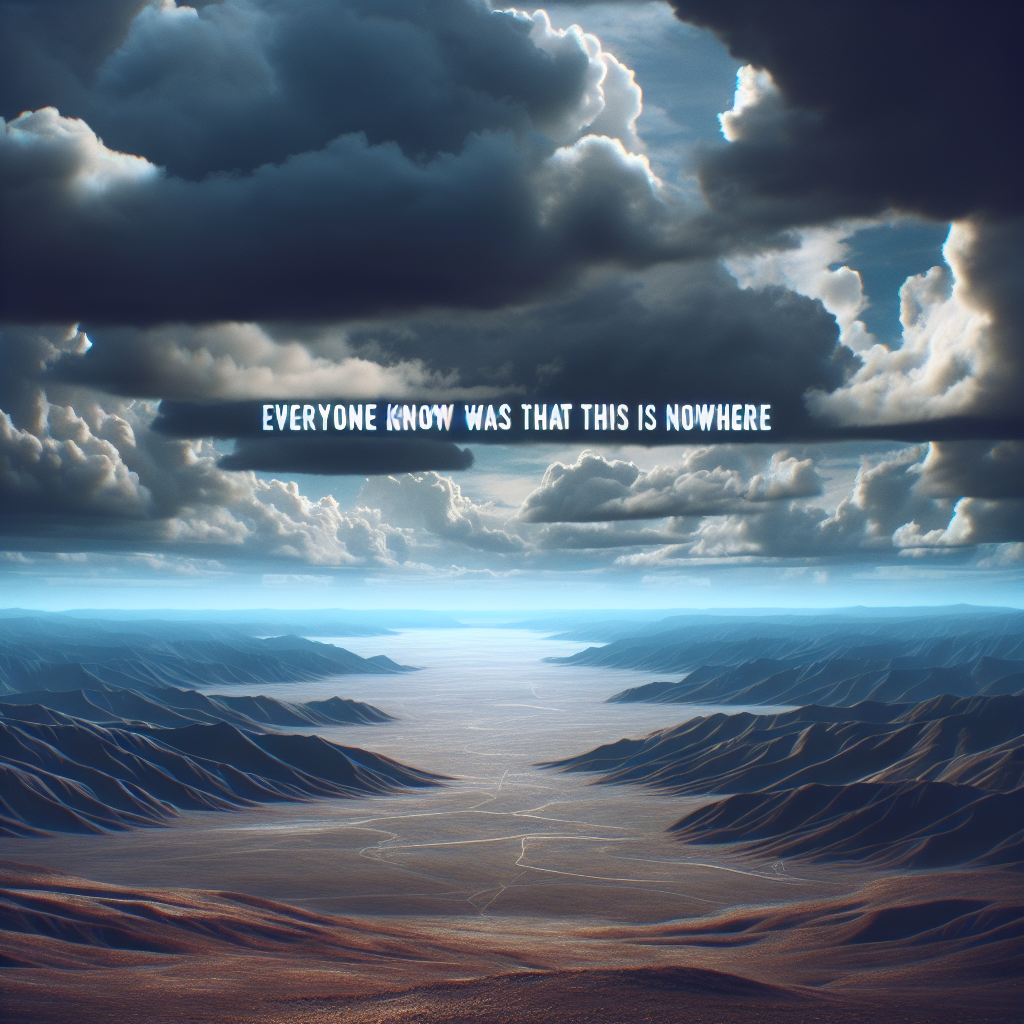Released in 1969, Neil Young's iconic album Everybody Knows This Is Nowhere hits the restless soul like a bolt of lightning. Featuring the raw power of electric guitar work by Young himself and Crazy Horse, the album blended raw rock with a touch of folk in a way that was revolutionary for its time. The music world was at a crossroads, where the old folk sensibilities clashed with electric innovation, and Young was at the forefront of this cultural evolution. This was all happening in the politically charged atmosphere of the late 60s and early 70s, a time ripe for change and musical rebellion.
Neil Young, having just split from Buffalo Springfield and dabbling with Crosby, Stills, Nash & Young, embarked on a solo journey that allowed him to create an album that was both an artistic statement and a societal commentary. The influences of the political climate seep into the chords and lyrics, addressing disillusionment and yearning for change, themes that echo loudly in today’s world.
One of the standout tracks, 'Cinnamon Girl,' immediately hooks with its melodic charm and simple, yet profound, lyrics. Young was speaking to a generation looking for authenticity in a world flooded with superficiality. The song’s grungy vibe predated the alternative rock movement that would later dominate the musical landscape, making it feel fresh even to the ears of those who grew up decades later.
The title track, 'Everybody Knows This Is Nowhere,' captures a profound sense of restlessness. It reflects the consciousness of many at the time, caught between the idealism of the 60s and the harsh realities of a world where societal change was more of an uphill battle than an easy descent. The craving for a simpler existence and the chorus’s repetition highlight the monotony and frustration familiar to so many. Even today, listeners can see their own struggles with societal norms and the desire to break free mirrored in this music.
'Down By The River' and 'Cowgirl In The Sand,' both lengthy tracks, allow Young to stretch his guitar-playing muscles, creating extended improvisations that slip into haunting, dreamlike states. The powerful riffs contrast with the languid, questioning lyrics, showcasing Young’s ability to marry music with a message. Unlike some short pop hits that fade quickly from memory, these songs force you to listen and think, leaving their mark long after the last note fades.
Interestingly, though Young was Canadian by birth, Everybody Knows This Is Nowhere feels quintessentially American. Recorded in Los Angeles, the album fits cozily into the American rock genre yet challenges it by incorporating a diverse array of influences and embracing an independent spirit. It’s this mix of identity and experiment that keeps the album timeless and universally appealing.
Despite the album's countercultural undertones, it's important to acknowledge the album’s appeal to those who might not share Young's, or indeed our own, progressive viewpoints. People across the political spectrum can appreciate the artistry and the way it captures the human condition. Music, it seems, has a unique ability to transcend political boundaries and speak to deeper human experiences.
Everybody Knows This Is Nowhere stands as a testament to the power of music to reflect and inform its time while remaining eerily relevant. As much as it captures the spirit of its own tumultuous era, the themes of restlessness, change, and yearning for authenticity are ones that seem evergreen. Listening to Neil Young with Crazy Horse is not just a musical experience but an entry into a dialogue that spans generations.
For today's Gen Z, facing its own unique blend of challenges and changes, albums like this offer both solace and inspiration. Social media may have replaced some forms of direct activism, but the messages contained within this work shout out as beacons for personal and collective introspection. They remind us that even in times of doubt and difficulty, art and music have the power to reveal truths and fuel movements.
Neil Young’s work implores us to not stand still, even if we might think that 'this is nowhere.' It’s a call to rise against complacency and engage with the world’s complexities. And in doing so, whether by listening or by creating, we find our own path through the fog of uncertainty.

